Patient Lift Sling Types: A Comprehensive Guide to Safe and Comfortable Transfers
Patient Lift Slings are essential tools in healthcare, facilitating safe and efficient patient transfers while minimizing caregiver strain. Whether you’re a healthcare professional or a caregiver using a hoyer lift for home settings, understanding the different types of slings is crucial for ensuring comfort, safety, and proper mobility support. This guide will explore various hoyer lift sling types, their purposes, and how they fit different lift systems like the sit to stand lift and portable hoyer lift.

Table of Contents
- 1. Reusable vs. Disposable Slings
- 2. Toileting Slings
- 3. Highback and Lowback Slings
- 4. Padded vs. Mesh Slings
- 5. Slings for Specific Lift Types
- 6. Transfer Slings
- 7. Special Purpose Slings
- 8. Best Practices When Using Patient Lift Slings
- 9. Choosing the Right Sling: Key Factors to Consider
- 10. Common Mistakes to Avoid
- 11. How to Maintain and Care for Patient Lift Slings
- 12. Patient Comfort and Psychological Aspects
1. Reusable vs. Disposable Slings
Reusable Slings are designed for multiple uses, made from durable materials such as cotton or polyester. These hoyer slings for patient lifts are cost-effective in the long run and suitable for facilities with robust cleaning protocols. Conversely, Disposable Slings are intended for single-use applications, promoting hygiene and infection control—ideal in environments where contamination risks are high.
2. Toileting Slings
Also known as Hygienic Slings, toileting slings for hoyer lifts are specifically designed for transfers related to bathroom use. These slings feature openings that allow for easy access during toileting and personal hygiene tasks. A medical sling lift for this purpose typically offers ample support without compromising patient dignity, enhancing both comfort and practicality.
3. Highback and Lowback Slings
Highback Slings provide full support, including the head and neck, making them perfect for patients with limited upper body control. These are used in both full body patient lift sling applications and situations requiring greater support. On the other hand, Lowback Slings offer more freedom of movement and are suited for patients who can control their upper body but need assistance with transfers.
4. Padded vs. Mesh Slings
Padded Slings are designed for added comfort during transfers, reducing pressure points and enhancing patient satisfaction. This type of hoyer sling is suitable for transfers involving prolonged use or fragile skin. Mesh Slings are breathable and ideal as a shower sling because they dry quickly and prevent water retention, promoting hygiene in medical lift sling applications.
5. Slings for Specific Lift Types
Choosing the right sling often depends on the type of lift being used:
- Slings for Portable Patient Lifts: Lightweight and designed for easy handling, these slings fit portable hoyer lift systems, allowing for versatile patient transfers in various settings.
- Slings for Sit-to-Stand Aids: These slings support partial weight-bearing transfers, making them ideal for patient sit to stand lifts. They promote patient engagement during standing exercises, assisting those who have some mobility but need additional support.
6. Transfer Slings
Transfer Slings are versatile and used for moving patients from one surface to another, such as from bed to wheelchair. These slings come in full-body designs or sling for transfer types that support the patient during lateral transfers, preventing falls and maintaining safety.
7. Special Purpose Slings
Standing and lifting slings, sometimes used with a stand and lift system, aid patients who require assistance transitioning from sitting to standing. The sit and stand hoyer lift is a common type of patient lift that works with these specialized slings to maintain patient stability and caregiver safety.
8. Best Practices When Using Patient Lift Slings
Ensuring safe and effective use of patient lift slings involves more than just choosing the right type. Proper handling and adherence to best practices can enhance safety for both patients and caregivers. Here are some essential tips:
1. Inspect the Sling Before Each Use
Always check the hoyer lift sling for any signs of wear or damage before using it. Look for frayed edges, tears, or weakened stitching. Regular inspection is crucial to prevent accidents during transfers.
2. Ensure Proper Sling Placement
Positioning the sling hoist correctly is vital for the patient's comfort and safety. Follow the manufacturer’s instructions for placement, ensuring that the sling supports the patient’s body adequately, whether using a full body sling for hoyer lift or a toileting sling for hoyer lift.
3. Match the Sling Type to the Task
Choose the appropriate sling based on the transfer task at hand. For example, use a shower sling for bathing purposes and a transfer sling for moving patients between surfaces. A mismatch in sling type can lead to discomfort or safety hazards.
4. Verify Weight Capacity
Each medical sling lift has a specified weight limit. Exceeding this capacity can compromise the integrity of the hoyer lift and increase the risk of failure. Always confirm the sling’s weight rating to ensure it aligns with the patient's needs.
5. Train Caregivers Properly
Training caregivers in the use of various slings, from sit and stand hoyer lift systems to hydraulic patient lift devices, ensures they are familiar with correct procedures. This training helps maintain patient dignity and reduces the risk of injury during transfers.
6. Use Safety Straps When Necessary
Some slings come with additional safety straps for extra security. When using a hoyer lift for home or clinical settings, these straps can provide an extra layer of safety, especially for patients prone to movement or instability.
7. Communicate with the Patient
Keep the patient informed during the entire transfer process. Simple communication helps ease anxiety and ensures the patient is aware of what to expect, which can be particularly reassuring during the use of a standing lift or sit to stand lift.
Integrating these best practices into your routine will promote safer transfers, improve patient comfort, and protect caregivers from potential injuries. By understanding and following these guidelines, whether you are using an electric hoyer lift, a portable patient lift, or a hydraulic hoyer lift, you create a safer and more efficient caregiving environment.
9. Choosing the Right Sling: Key Factors to Consider
Selecting the right patient lift sling involves more than just picking a type off the shelf. Proper selection ensures safe transfers and maximum comfort for the patient. Here are the main factors to consider:
1. Patient Mobility Level
Understanding a patient’s level of mobility is the first step. Patients who are fully dependent need full body patient lift slings that provide comprehensive support from head to toe. Those with partial mobility may benefit from slings designed for sit to stand lift devices, which support standing and partial weight-bearing activities.
2. Transfer Type
Different transfers call for specific slings:
- Bed to Chair Transfers: Full-body or highback slings offer the most support and stability.
- Toileting Transfers: Toileting slings for hoyer lifts allow for easy clothing adjustments and hygiene access, ensuring a smooth process.
- Showering: Shower slings made from mesh material are ideal for wet environments because they dry quickly and are easy to clean.
3. Material and Comfort
Choose between padded slings for extra comfort or mesh slings for breathability and quick drying. Padded slings provide more cushion and reduce pressure points, making them suitable for patients with sensitive skin. Mesh slings, on the other hand, are ideal for situations where moisture control is crucial, such as bathing or frequent transfers.
4. Patient Size and Weight
Proper sizing is essential for safety. Slings come in various sizes, and using the wrong size can compromise the transfer, leading to discomfort or accidents. Always ensure the hoyer lift sling you choose matches the patient’s weight capacity and body size.
10. Common Mistakes to Avoid
Even with the right equipment, mistakes in usage can lead to accidents or discomfort. Here are common pitfalls to watch for when using patient lift slings:
1. Incorrect Sizing
Choosing the wrong sling size is one of the most frequent errors. A sling that is too large can lead to instability, while a sling that is too small can cause excessive pressure on the patient. Always refer to the manufacturer’s sizing guide and verify with the patient’s body measurements.
2. Improper Positioning
Placing the sling incorrectly under the patient can result in uneven weight distribution or slipping. Ensure that the sling is positioned symmetrically, with straps evenly attached to the hoyer lift or sit and stand lift for balanced lifting.
3. Failure to Inspect Before Use
Not checking the lift sling for wear and tear can lead to serious accidents. Always inspect for any fraying, tears, or compromised stitching before each use. Neglecting this step increases the risk of sling failure during a transfer.
4. Lack of Training
Operators need adequate training to use hoyer slings for patient lifts safely. Failing to properly educate caregivers on sling attachment, patient positioning, and weight distribution can lead to unsafe practices that endanger both the patient and the caregiver.
11. How to Maintain and Care for Patient Lift Slings
Proper maintenance of medical sling lifts not only extends their lifespan but also ensures patient safety and hygiene. Here are key care practices:
1. Cleaning and Sanitization
To maintain cleanliness and prevent the spread of germs, regularly wash patient lift slings according to the manufacturer’s guidelines. This is especially crucial for reusable slings that see frequent use. Padded slings can often be machine-washed on gentle cycles, while mesh slings may require hand washing to preserve their structure.
2. Routine Inspections
Inspect slings for any signs of wear, such as fraying edges, loose stitches, or thinning fabric. Routine checks help identify damage early, ensuring that repairs or replacements can be made before an issue escalates.
3. Storage Recommendations
Store slings in a clean, dry place away from direct sunlight. Exposure to moisture or extreme temperatures can weaken the fabric and compromise the sling’s integrity. Hanging slings properly or placing them on designated storage shelves can help maintain their shape and function.
4. Following Manufacturer Instructions
Always adhere to the manufacturer's maintenance and cleaning guidelines. Using harsh chemicals or improper washing techniques can degrade the material, impacting the sling’s safety and comfort.
12. Patient Comfort and Psychological Aspects
Ensuring that patients are comfortable during transfers goes beyond physical safety. Addressing psychological factors is also essential for a positive experience. Here’s how to prioritize patient comfort:
1. Maintaining Dignity
Using hoyer lift slings full body or toileting slings can sometimes make patients feel vulnerable. To help maintain their dignity, ensure that clothing adjustments are made discreetly and that the patient is covered appropriately during transfers. This is especially important when using a sling hoist for toileting or bathing tasks.
2. Reducing Anxiety
Transfers can be intimidating for patients, particularly those new to using lifts. Communicate with the patient throughout the process to let them know what to expect. Simple explanations such as, “I’m going to lift you now, and you’ll feel the sling moving up slowly,” can help reduce fear and increase trust.
3. Prioritizing Comfort
Ensure that the patient lift sling used is padded or designed for comfort when necessary. For patients who spend extended periods in the sling, using a padded sling can help prevent pressure sores and discomfort.
4. Engaging the Patient
If the patient is capable, engage them during the process by allowing them to participate as much as possible, such as holding onto the lift handles. This engagement can give patients a sense of control and make the experience less intimidating.
Conclusion
Choosing the right patient lift sling depends on various factors, including the patient's needs, the type of lift system used, and the transfer setting. Whether you need a hydraulic hoyer lift patient lift, an electric hoyer lift, or a portable patient lift, understanding the sling types available ensures safe and effective patient care. From toileting slings to full-body support, having the appropriate sling hoist can make a significant difference in daily caregiving routines.
For those looking for reliable solutions, considering hoyer lift for sale or patient lifts for sale options can help equip your space with the right tools to enhance patient and caregiver safety.
Let Us Know What You Think!
Your thoughts and questions are incredibly valuable to us, and we'd love to hear from you. If you have additional insights to share, your comments can spark meaningful discussions and enhance the collective knowledge of our community. Don't hesitate to ask any questions you may have; our team is here to provide answers and engage with you. So, please, take a moment to leave a comment or question below. Your input is much appreciated!



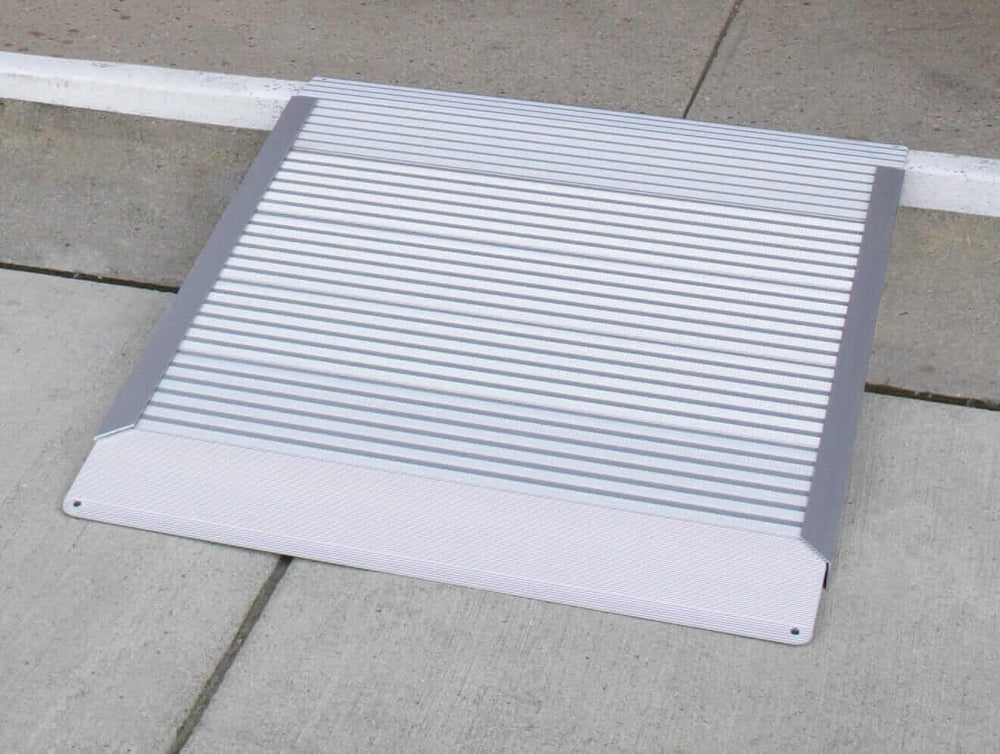

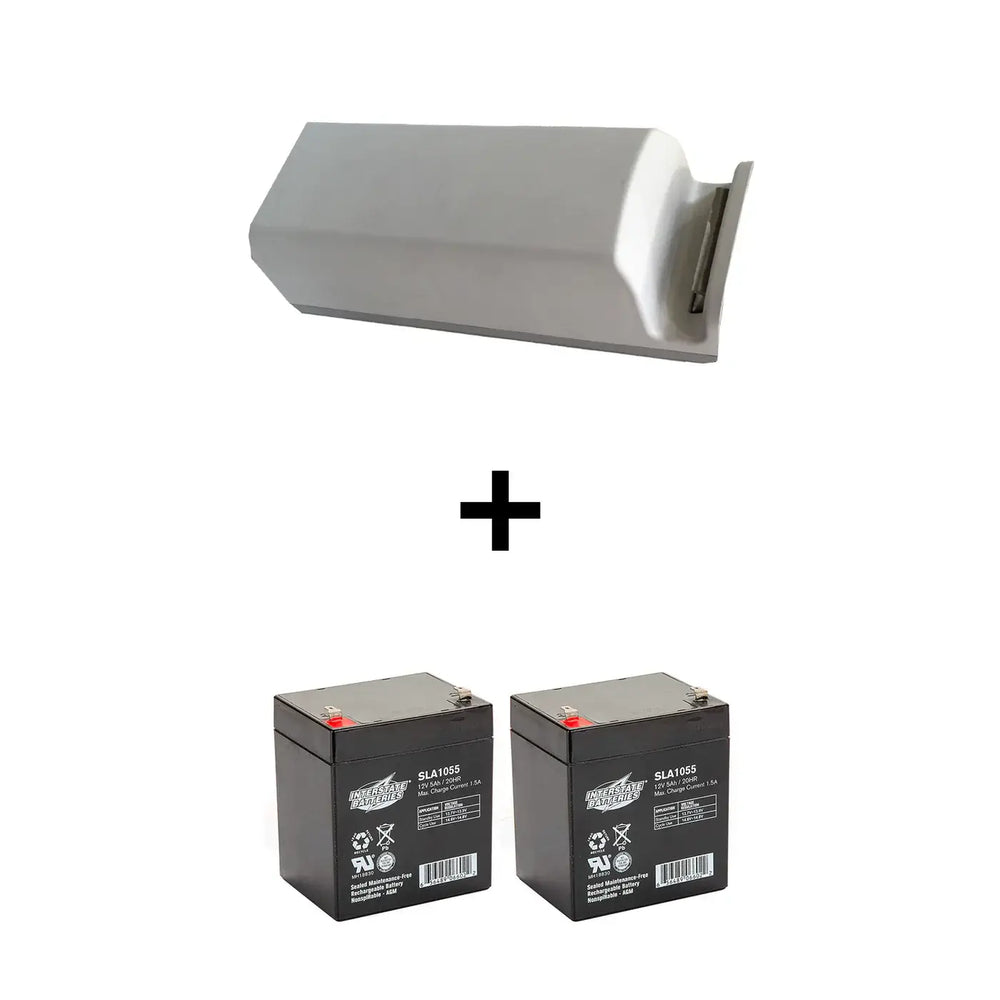

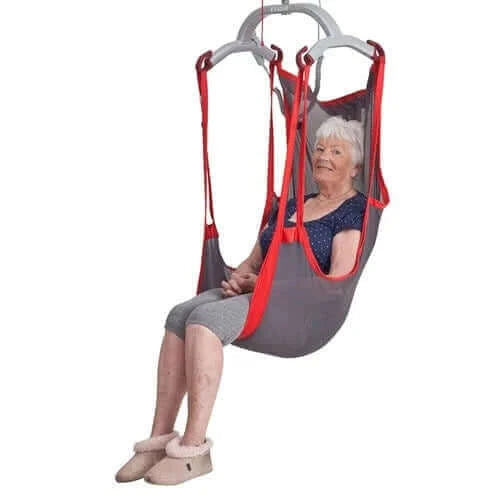
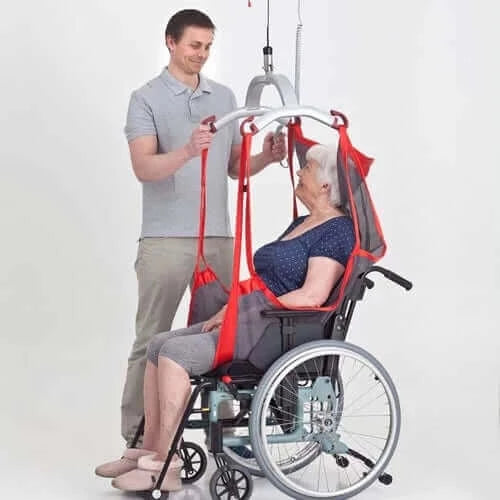
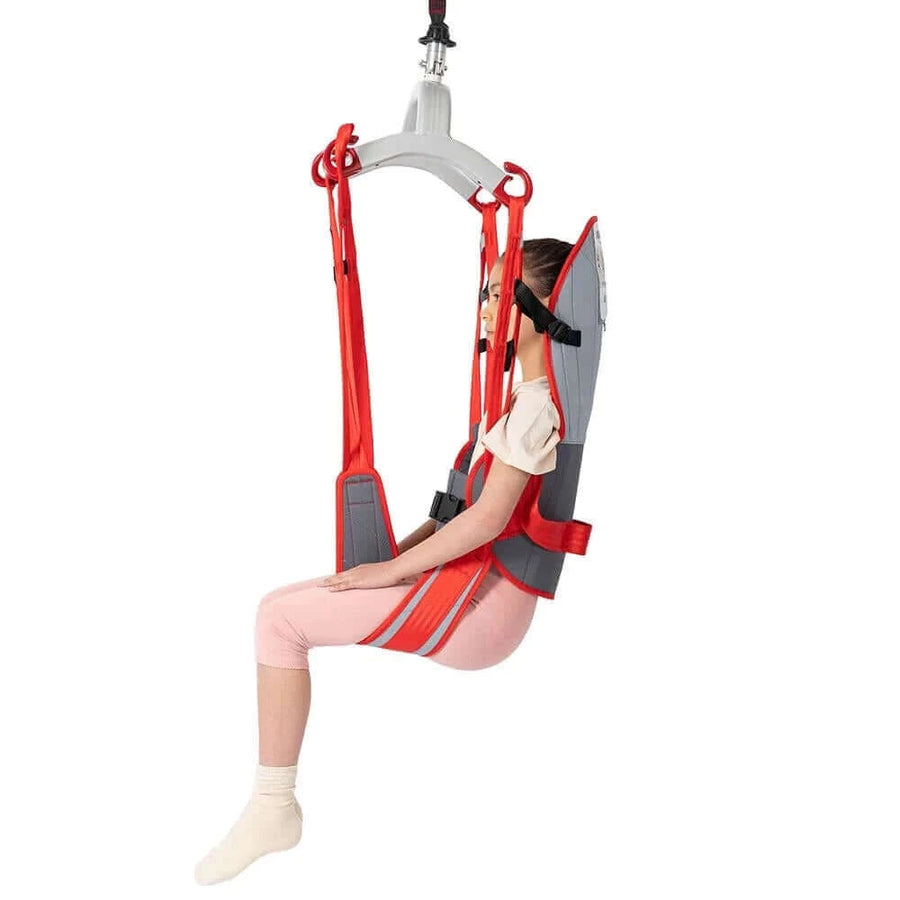
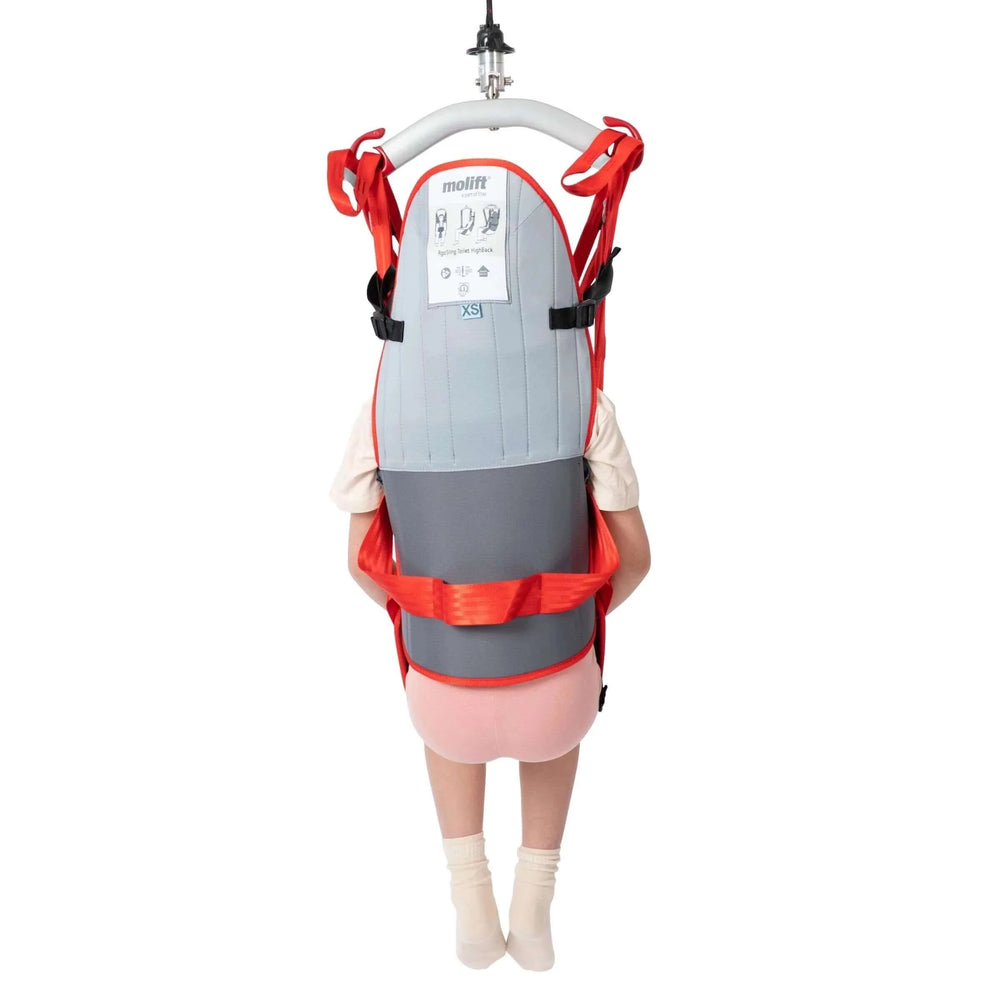
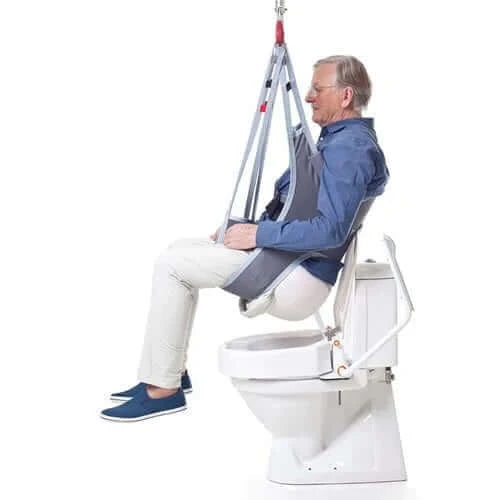
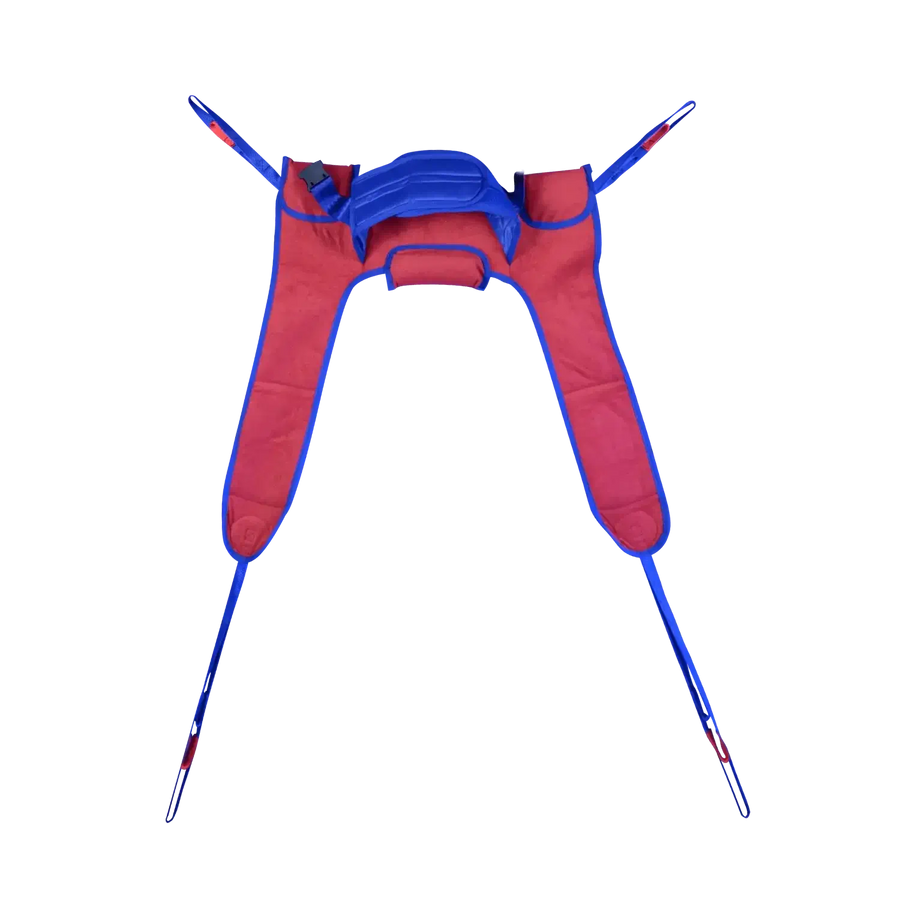

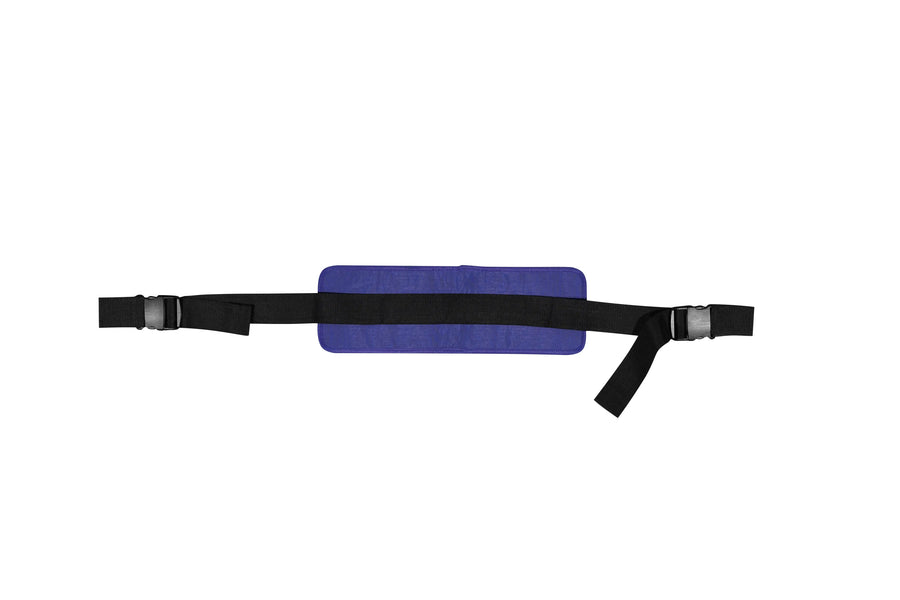
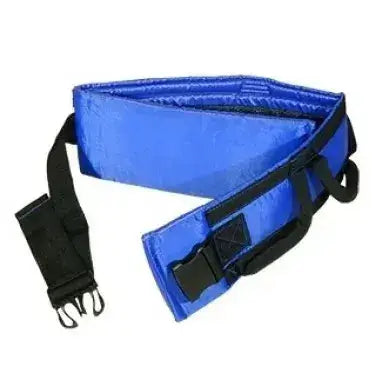
Leave a comment